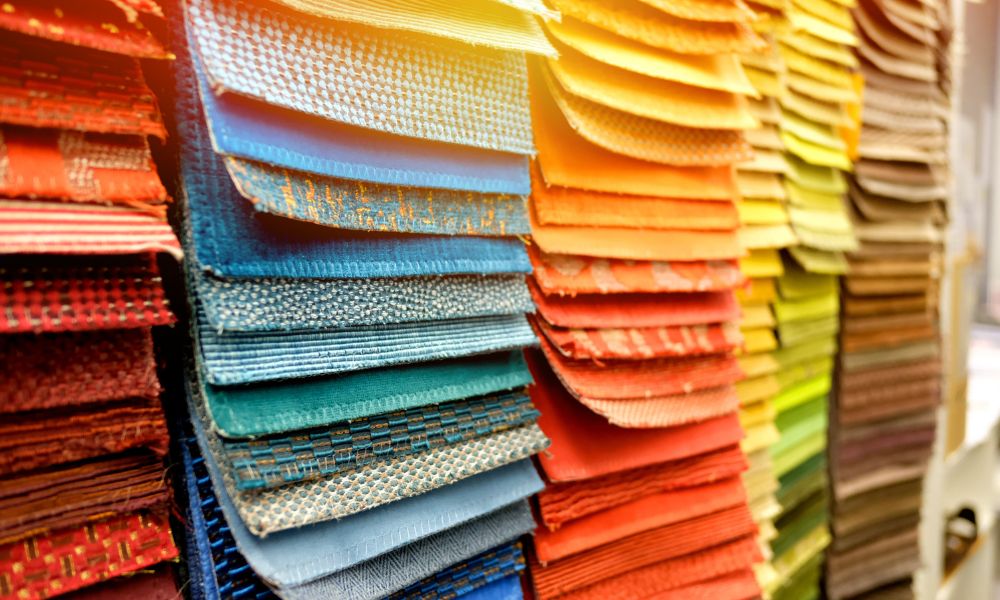Consider the style of the room: It is important to consider the style of the room when selecting colors and materials. If the room is modern, then bold, vibrant colors may be a good choice. If the room is more traditional, then subdued, earthy colors may be a better option.
Consider the lighting: The lighting in the room can have a big impact on the colors and materials selected. Natural light brings out different colors than artificial light, so it is important to consider lighting when selecting colors and materials.
Consider the budget: When selecting colors and materials, it is important to consider the budget. High-end materials can be expensive, but there are also budget-friendly options that can provide a similar look.
Consider the maintenance: Different colors and materials require different levels of maintenance. Some materials may require more frequent cleaning or special treatments to maintain their appearance. It is important to consider the maintenance needs of different materials before making a selection.
Consider the function: Different colors and materials can provide different levels of functionality. For example, certain materials may be better suited for high-traffic areas, while others may provide better insulation or noise reduction. It is important to consider the function of different colors and materials before making a selection.
Maintenance and Care Tips for outdoor furniture
- Clean and Store When Not in Use: Clean your outdoor furniture regularly and store it away when not in use. This will help to keep it looking its best and prevent it from being damaged by the elements.
- Use Covers: Invest in furniture covers to protect them from the elements when not in use.
- Don’t Leave It Out in the Rain: Make sure to bring your outdoor furniture inside when it rains or if you know it will be exposed to heavy rain. This will help to keep it looking its best and prevent it from becoming damaged by the rain.
- Don’t Leave It in Direct Sunlight: Avoid leaving your outdoor furniture in direct sunlight for prolonged periods. This can cause fading and damage to the furniture.
- Clean Spills Immediately: Make sure to clean any spills on your outdoor furniture as soon as possible. This will help to prevent staining and damage to the furniture.
- Use Protective Treatments: Use protective treatments on your outdoor furniture to help protect it from the elements. This could include a sealant, paint, or waterproofing treatment.
- Remove Rust: Make sure to remove any rust buildup on your outdoor furniture. This will help to keep it looking its best and prevent it from becoming damaged by rust.
Disadvantages of Outdoor Furniture
- Expensive: Outdoor furniture can be more expensive than indoor furniture, as it is usually constructed from more durable materials such as teak, wicker, aluminum, or wrought iron to withstand the elements better.
- Uncomfortable: Outdoor furniture is not usually designed for comfort, and is often less comfortable than indoor furniture.
- Susceptible to Wear and Tear: Outdoor furniture is more susceptible to wear and tear due to exposure to elements such as rain, wind, and sunlight.
- Needs Regular Maintenance: Outdoor furniture needs regular maintenance and cleaning to stay looking its best and to protect it from the elements.





